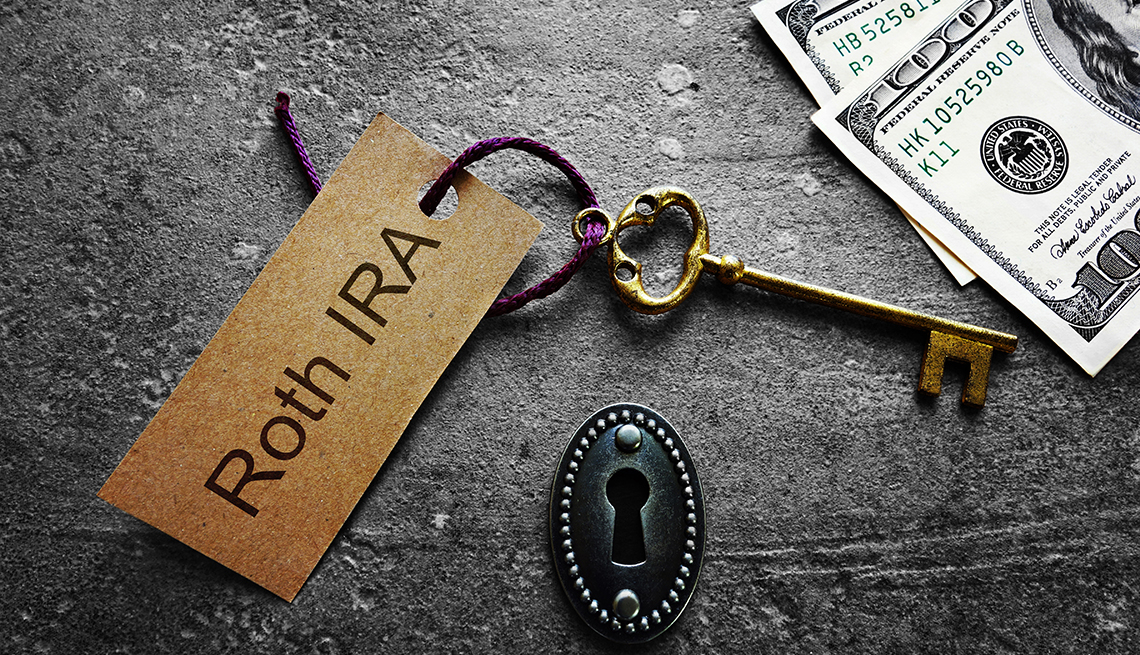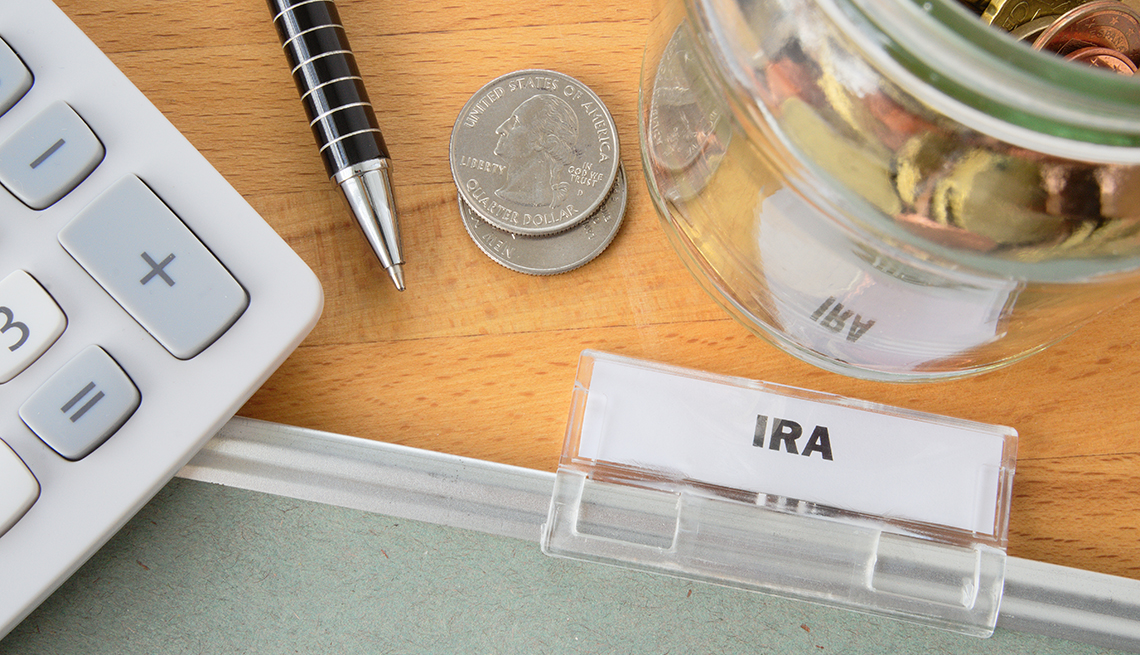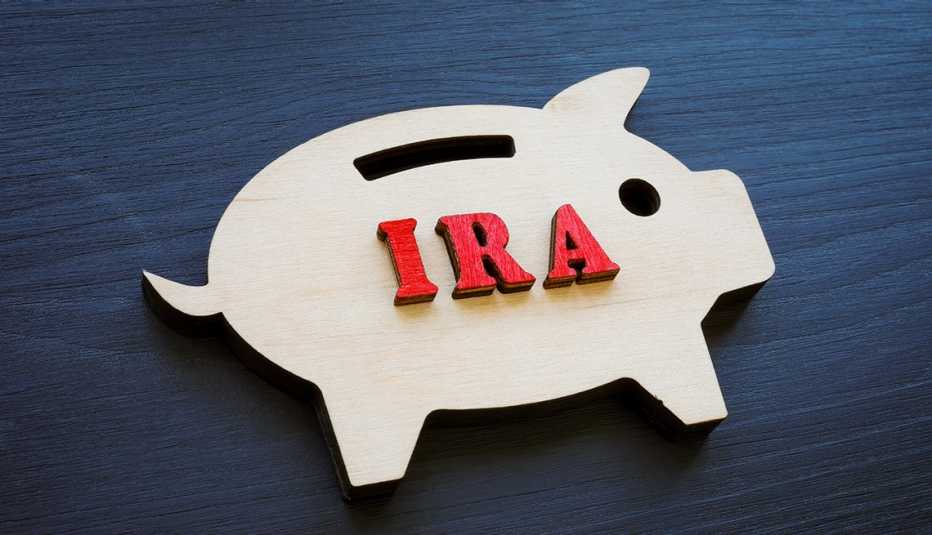Staying Fit
Saving for retirement is about more than just growing your nest egg: It’s also about gaining an edge when it comes time to take your money out. And that’s where the Roth IRA shines.
The Roth IRA is an individual retirement account that comes with perks that traditional IRAs don’t offer. The biggest benefit of the Roth IRA is how tax-friendly it is. Although you can’t take a tax deduction on Roth IRA contributions, the money you sock away in a Roth IRA grows tax-free and also comes out tax-free, provided you follow the withdrawal rules. A Roth IRA will give you a tax-free income stream in retirement. You can keep more of what you earn.


AARP Membership— $12 for your first year when you sign up for Automatic Renewal
Get instant access to members-only products and hundreds of discounts, a free second membership, and a subscription to AARP the Magazine.
Another major benefit of a Roth IRA: You don’t have to take required minimum distributions (RMDs) while you’re alive. In contrast, the IRS requires holders of traditional IRAs to start taking RMDs by April 1 of the year after they reach 72. With a Roth IRA, your money has more time to grow tax-free.
And that extra time means both your principal and your earnings can take advantage of compounding, which has the power to transform a humble account balance into a much more sizable one if financial markets rise in value, says Brandon Reese, senior wealth adviser at TBS Retirement Planning.
“If you retire at 62 with $100,000 in your Roth IRA, 10 years later it may be worth $250,000, and 20 years later nearly $675,000,” said Reese, using an average annual return of 10 percent to arrive at his guesstimate.
Contribution limits
For the 2022 tax year, the maximum contribution is $6,000, or $7,000 for those age 50 or older who take advantage of the $1,000 catch-up contribution. You can make a contribution to a 2022 Roth IRA until the April tax filing deadline in 2023. For the 2023 tax year, you can save even more because the contribution limits are adjusted for inflation each year. For the 2023 tax year, the max Roth IRA contribution limit rises by $500 to $6,500, or $7,500 for people 50 or older.
There’s one catch, however. How much you can contribute to a Roth IRA may be reduced or phased out to zero dollars, depending on your modified adjusted gross income, or MAGI, in IRS parlance. MAGI is your adjusted gross income on your 1040 or 1040-SR tax form, minus certain deductions, such as student loan interest.
In general, married couples filing jointly can contribute the Roth IRA maximum in 2022 if their MAGI is less than $204,000, and they can contribute the full amount in 2023 if they earn less than $218,000. Higher earners will be able to contribute either a reduced amount or nothing at all. The MAGI cutoff to contribute the maximum to a Roth IRA if you are single, head of household or married filing separately in 2022 is $129,000, and rises to $138,000 for the 2023 tax year.




























































































